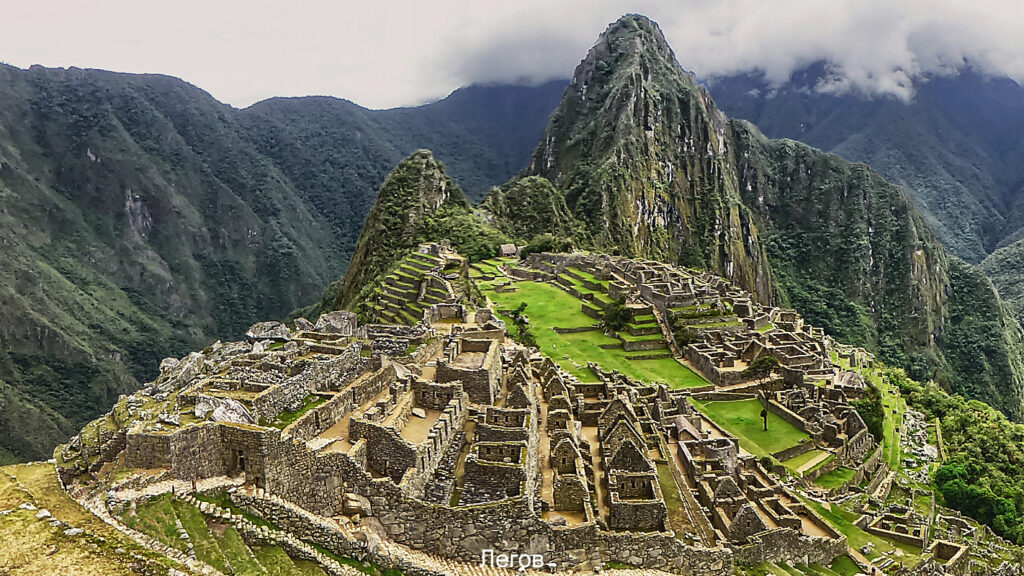How High is Machu Picchu?
Introduction
Machu Picchu, one of the most iconic and mysterious archaeological sites in the world, is situated high in the Andes Mountains of Peru. This ancient Inca citadel has captivated the imagination of travelers and historians alike, drawing millions of visitors each year to marvel at its stunning location and well-preserved ruins. But just how high is Machu Picchu, and what impact does its elevation have on visitors? In this comprehensive guide, we’ll explore the altitude of Machu Picchu and its surrounding peaks, discuss the potential effects of high altitude, and provide tips for acclimating and enjoying your visit to this breathtaking wonder.
The Elevation of Machu Picchu
Machu Picchu is located at an elevation of 7,972 feet (2,430 meters) above sea level. This height places it well above the threshold for altitude sickness, which typically begins to affect people at elevations above 8,000 feet (2,438 meters). However, the ruins themselves are situated in a saddle between two sharp peaks – Machu Picchu (“Old Peak”) and Huayna Picchu (“New Peak”) – which reach even greater heights.
Surrounding Peak Elevations
- Huayna Picchu: 8,835 feet (2,693 meters)
- Cerro Machu Picchu: 10,111 feet (3,082 meters)
- Huchuy Picchu: 8,192 feet (2,497 meters)
The town of Aguas Calientes, also known as Machu Picchu Pueblo, where many visitors stay, is located at a more comfortable elevation of 6,700 feet (2,040 meters). The city of Cusco, the historic capital of the Inca Empire and a common starting point for Machu Picchu tours, sits at an even higher 11,200 feet (3,400 meters).
Potential Effects of High Altitude
While Machu Picchu’s elevation may not be as extreme as some other high-altitude destinations, it can still have an impact on visitors, especially those who have not had time to acclimate. Symptoms of altitude sickness, which can include headaches, nausea, fatigue, and shortness of breath, are possible at elevations above 8,000 feet.To minimize the risk of altitude sickness, it’s recommended to spend a few days in Cusco or the Sacred Valley before visiting Machu Picchu, allowing your body to adjust to the thinner air. Staying hydrated, avoiding alcohol, and taking it slow with physical activity can also help manage altitude-related discomfort.
Exploring Machu Picchu’s Peaks
For those looking for an extra challenge and stunning views, hiking up Machu Picchu’s surrounding peaks is an option. However, these hikes should only be attempted by those who have acclimated and are in good physical condition.
Huayna Picchu
Huayna Picchu is the iconic peak that looms over Machu Picchu, and hiking to its summit is a popular activity. The hike takes approximately 1-2 hours up and 1 hour down, and involves steep, narrow trails with some exposure to heights. Permits are limited to 400 per day and must be booked in advance.
Cerro Machu Picchu
Also known as Machu Picchu Mountain, this peak offers a less crowded alternative to Huayna Picchu. The hike takes approximately 1.5-2.5 hours up and 1.5 hours down, and involves a steady, steep climb on a well-maintained trail. Permits are limited to 400 per day and must be booked in advance.
Tips for Visiting Machu Picchu
To make the most of your visit to Machu Picchu, consider the following tips:
- Arrive early in the morning to beat the crowds and see the ruins shrouded in mist
- Bring plenty of water and stay hydrated throughout your visit
- Wear sunscreen, a hat, and layers to protect against the strong sun and changing weather
- Take your time and rest as needed to avoid altitude-related discomfort
- Consider hiring a guide to learn more about the history and significance of the site
FAQ Section
Q: What is the elevation of Machu Picchu?
A: Machu Picchu is located at an elevation of 7,972 feet (2,430 meters) above sea level.
Q: What are the elevations of the surrounding peaks?
A: Huayna Picchu reaches 8,835 feet (2,693 meters), Cerro Machu Picchu reaches 10,111 feet (3,082 meters), and Huchuy Picchu reaches 8,192 feet (2,497 meters).
Q: What are the potential effects of high altitude at Machu Picchu?
A: Symptoms of altitude sickness, such as headaches, nausea, fatigue, and shortness of breath, are possible at elevations above 8,000 feet. Spending a few days acclimating in Cusco or the Sacred Valley can help minimize these effects.
Q: How long does it take to hike up Huayna Picchu?
A: The hike up Huayna Picchu takes approximately 1-2 hours up and 1 hour down. Permits are limited to 400 per day and must be booked in advance.
Q: What should I bring to Machu Picchu?
A: Bring plenty of water, sunscreen, a hat, layers, and any necessary medications. Hiring a guide can also enhance your understanding of the site.
Q: What is the elevation of Aguas Calientes and Cusco?
A: Aguas Calientes is located at an elevation of 6,700 feet (2,040 meters), while Cusco sits at 11,200 feet (3,400 meters).
Conclusion
Machu Picchu’s high elevation of 7,972 feet (2,430 meters) is a significant factor to consider when planning a visit to this iconic site. While the ruins themselves are not considered a high-altitude destination, the surrounding peaks and the journey to reach Machu Picchu can present challenges for those not accustomed to thinner air. By understanding the potential effects of altitude, taking time to acclimate, and following best practices for health and safety, visitors can fully enjoy the breathtaking beauty and fascinating history of Machu Picchu.For more information on the geography and climate of Machu Picchu, you can refer to the Wikipedia page on Machu Picchu.
| Location | Elevation (feet) | Elevation (meters) |
|---|---|---|
| Machu Picchu | 7,972 | 2,430 |
| Huayna Picchu | 8,835 | 2,693 |
| Cerro Machu Picchu | 10,111 | 3,082 |
| Huchuy Picchu | 8,192 | 2,497 |
| Aguas Calientes | 6,700 | 2,040 |
| Cusco | 11,200 | 3,400 |
By understanding the unique challenges and rewards of visiting Machu Picchu, travelers can plan a safe and unforgettable journey to this breathtaking wonder of the ancient world.



